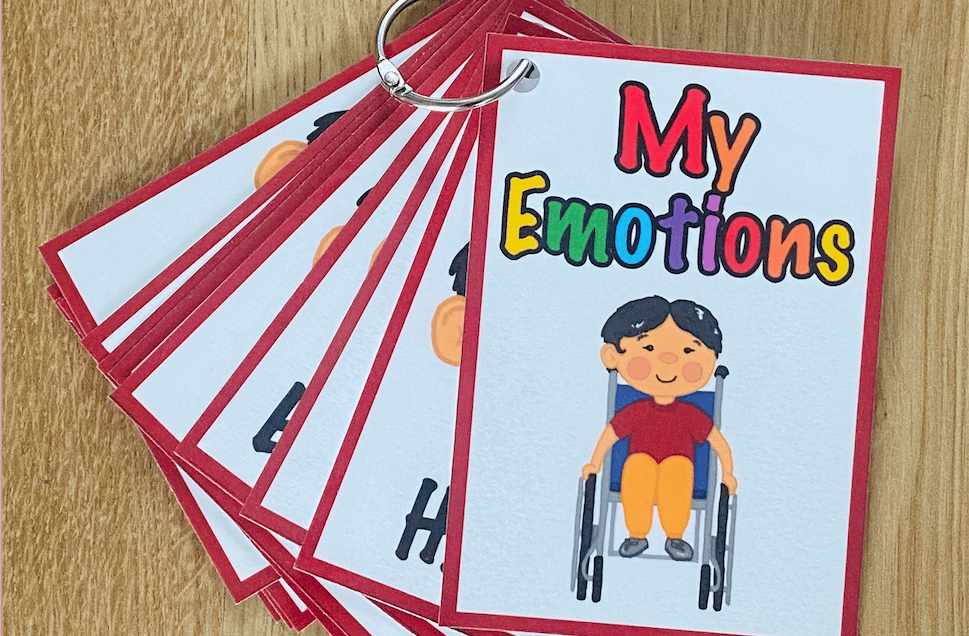Enhancing Emotional Intelligence in Children
2 min read


Emotional intelligence plays a crucial role in a child's overall well-being and development. At iStunning Visuals, we recognise the significance of nurturing children's understanding and expression of emotions. In this blog post, we will explore the transformative power of emotion visual aids and how they can effectively teach children about their emotions, paving the way for enhanced emotional intelligence.
Visual Representation: Emotion visual aids provide children with tangible and relatable representations of different emotions. Through vibrant and engaging visuals, children can easily identify and connect with various feelings, such as happiness, sadness, anger, and excitement. This visual reinforcement helps them grasp the complexities of emotions in a way that is accessible and enjoyable.
Vocabulary Development: Emotion visual aids offer a valuable opportunity for children to expand their emotional vocabulary. By associating specific words with corresponding visuals, children learn to label and articulate their feelings with greater precision. This not only enhances their communication skills but also enables them to express their emotions more effectively, fostering healthy self-expression.
Emotion Recognition: The use of emotion visual aids helps children develop the crucial skill of recognising emotions in themselves and others. As they become familiar with different facial expressions, body language, and context associated with various emotions, children become more perceptive and empathetic. This heightened awareness allows them to navigate social interactions and build stronger relationships.
Self-Awareness and Reflection: Emotion visual aids serve as mirrors that reflect a child's internal emotional landscape. By observing and reflecting on the visuals, children gain insights into their own emotions, thoughts, and behaviors. This self-awareness empowers them to better understand their emotional triggers, needs, and preferences, leading to improved self-regulation and well-being.
Coping Strategies: Emotion visual aids provide a foundation for teaching children healthy coping strategies. By exploring different emotions and their corresponding visual cues, children can identify appropriate ways to manage and express their feelings. This empowers them to develop effective coping mechanisms, such as deep breathing, talking to a trusted adult, or engaging in calming activities, promoting emotional resilience.
Empathy and Social Skills: Understanding emotions through visual aids fosters empathy and social skills in children. By recognising and empathising with the emotions of others, children learn to navigate and respond appropriately to different social situations. This cultivates a sense of compassion, cooperation, and understanding, nurturing their ability to form meaningful connections with peers and adults.
Emotion visual aids offer a powerful tool for enhancing emotional intelligence in children. By providing visual representations, expanding their emotional vocabulary, promoting self-awareness, and fostering empathy, these aids empower children to navigate their emotions confidently and form healthier relationships. At iStunning Visuals, we are committed to creating engaging and impactful visual resources that support children's emotional development, ensuring they have the tools they need to thrive emotionally and socially. Together, let's embark on a journey of emotional intelligence and empowerment for our children.
